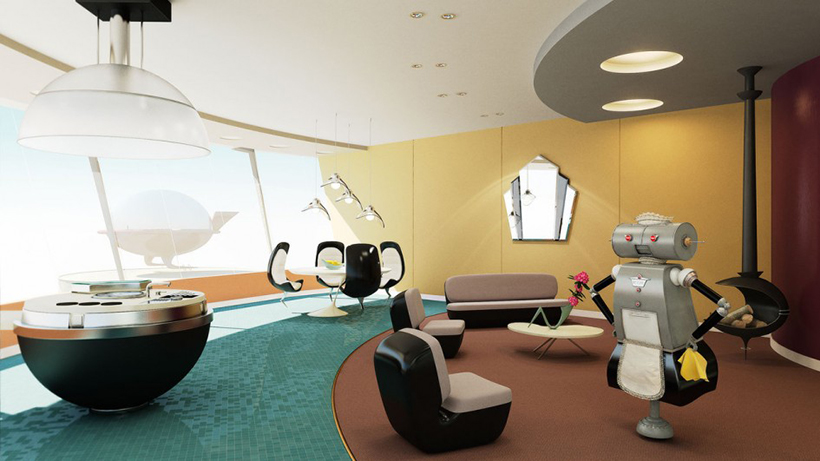Who didn’t watch The Jetsons with fascination and hope that one day our homes would someday be smart and automated? It captured the imagination of many, including one of our portfolio company entrepreneurs Shaun Springer. Shaun is the founder of Astro, a company that aims to create “Simpler Solutions for a Smarter Home” starting with a simple (and smart) lightbulb.
When I first met Shaun, it was in a serendipitous social setting. Quite frankly, I didn’t even know he had a startup at the time, nor was I looking to invest in a pre-prototype smart home company. As our conversation continued he began to talk about the smart home space and I was drawn in by his vision and incredibly thoughtful approach towards it. I later learned that Shaun had a startup and a few months later we were sitting in my office talking about it. Ten minutes into our conversation, I knew I wanted to invest.
Below we share the first of his three part blog series on how he started in the smart home space, what he is building now and where he sees it all going.
-Cameron
As a kid, I remember, visiting my uncle Robert’s house out in Roslyn, NY and being so enamored with his fancy theater, jam packed with gadgets like a state-of-the-art laser disc player and a 120” projector. With the push of a button, the lights would dim, a projector screen would drop from the ceiling, and video would play in glorious 5.1 surround sound. As far as I was concerned, it was like the Jetsons had come to life.
Obviously, this system wasn’t available to just anyone. Robert was — and still is — one of the world’s best Crestron installers, and because of my relationship with him, I was fortunate enough to have been employed as a Crestron installer between semesters in college. Being young and inexperienced, I wound up having the job of cable runner, which really means I lugged massive spools of cat5 and speaker wire around a series of enormous gutted homes in the Hamptons. I ran wire all over the home, through wall studs, and under floors. I meticulously labeled and categorized each strand so that the programmers and installers knew how to connect each device to the network.
I worked with architects, project managers, and subcontractors. The resulting orchestra of systems and personnel was impressive enough to justify the lofty six-figure price tags that these systems carried. As luck would have it, in 2009 I decided to join Crestron as a Software Architect, and wound up leading a team of engineers and designers tasked with creating their next-generation tools and interfaces. We built beautiful software that solved complex integration problems and created carefully thought-out user experiences.
While at Crestron, my team’s product won countless awards at CEDIA and Infocomm, garnered significant press, and solved major installation, configuration, and usability problems truly representative of a next-generation solution.
After several years of experience in the industry though, I realized that this symphony of contractors, architects, programmers, and dealers could never scale to a broader audience. These systems were carefully installed, programmed, and designed for the ultra-rich, meaning that the Jetsons home would remain a mirage for all but a few. Hence the fallacy….
All those years of hard work led to me having an epiphany: I was solving the wrong problem. In the next post, I will talk about the state of the industry following the acquisition of Nest by Google in January 2014, and how we at Astro are building a startup to address the resulting changes in the consumer landscape.
Until next time,
Shaun

